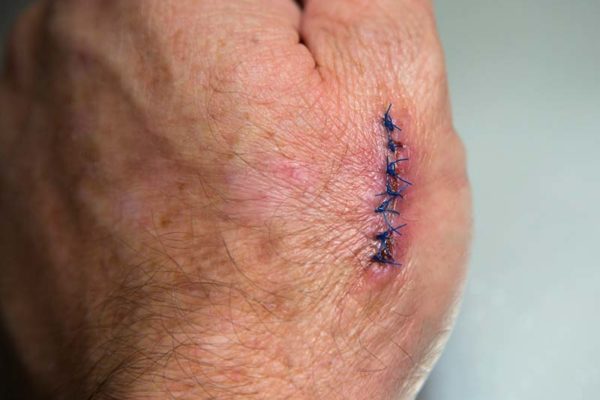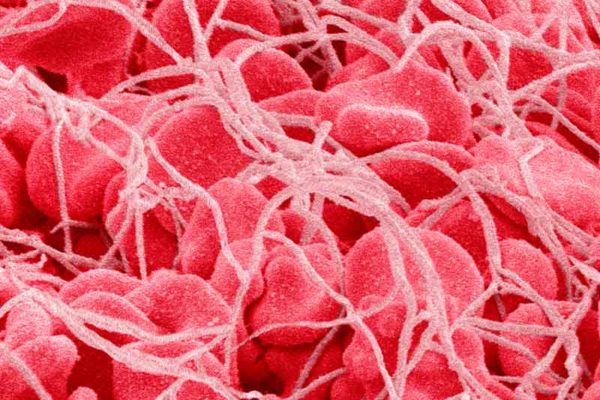Imperial inventors have identified an EP2 receptor agonist with an application as a novel tocolytic for the management of pre-term labour. It is long-acting, inhibits contractility and does not activate pro-inflammatory pathways.
Background
Globally, pre-term birth complications are the leading cause of both infant death and long-term infant disability. Current tocolytic drugs (drugs that inhibit contractions of women in labour) used to manage pre-term labour are primarily limited to oxytocin receptor antagonists and beta-adrenergic receptor agonists.
Both of these drug classes can only temporarily inhibit contractions (max 48 hours), allowing the patient to be transported to a specialist neonatal ICU. Beta-adrenergic receptor antagonists are associated with adverse effects on the mother’s cardiovascular system. Oxytocin receptor antagonists, whilst deemed safer than beta-adrenergic receptor antagonists, activate G protein-dependent pro-inflammatory pathways, potentially exposing the unborn baby to a prolonged inflammatory environment which may be harmful to the developing brain and lungs.
Thus there is a pressing need for safe and efficacious tocolytic drugs which can prolong pregnancy for an extended period of time, whilst also targeting the inflammatory environment of the pre-term uterus.
Technology
The invention is a novel application of a pathway selective long-acting agonist for the EP2 prostaglandin receptor for use as a tocolytic. It is a long-acting EP2 agonist that inhibits contractility whilst simultaneously inhibiting cytokine release from monocytes and lymphocytes. The compound only activates the anti-labour cAMP pathway without inducing signals which increase inflammation, and as such in unique among tocolytics in inhibiting both contractility and inflammatory pathways.
Applications
The compound would find application as a novel long-acting tocolytic for the management of pre-term labour, whilst also targeting the pro-inflammatory uterine environment. The long-lasting action also suggests that a single treatment may be sufficient for tocolytic applications.
Benefits
- Novel tocolytic application of the long-acting EP2 receptor agonist.
- The compound inhibits contractility without activating pro-inflammatory pathways, unlike leading EP2 receptor agonist tocolytics.
- The combined attributes of the compound, long-lasting action and targeting of the inflammatory uterine environment, are unique among tocolytics.
Intellectual Property
This technology is subject of a Priority patent application.





